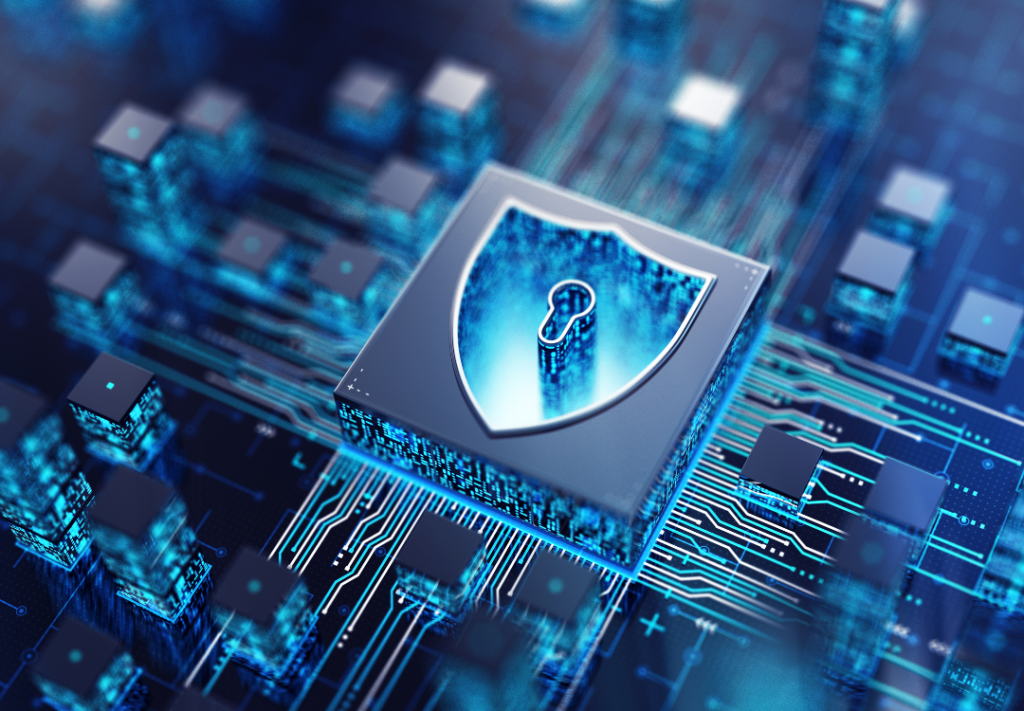The cybersecurity landscape is constantly evolving as cybercriminals become more sophisticated and businesses face new and emerging threats. As technology continues to advance, so too do the tactics, techniques, and procedures (TTPs) used by attackers. To stay ahead, cybersecurity professionals need to be aware of the latest trends and innovations shaping the future of the industry. In this blog, we’ll explore some key trends and technologies that will define the future of cybersecurity.
1. Artificial Intelligence (AI) and Machine Learning in Cybersecurity
AI and machine learning are already making waves in the cybersecurity industry. These technologies are being used to detect patterns in massive amounts of data, identify anomalies, and predict potential threats. Machine learning algorithms can analyze traffic patterns to identify unusual behavior that might indicate an attack, while AI-powered tools can autonomously respond to certain threats in real-time.
In the future, AI and machine learning will continue to play an essential role in:
Automating threat detection and incident response
Predicting and preventing attacks before they occur
Enhancing vulnerability management
2. Zero Trust Architecture
Zero Trust is a security model that assumes no user or device is trustworthy, whether inside or outside the corporate network. Every access request is verified, authenticated, and authorized before granting access to resources. This approach is particularly important as businesses continue to adopt remote work and cloud-based systems, which expand the attack surface.
The future of cybersecurity will likely see more organizations adopting Zero Trust frameworks to:
Minimize the impact of breaches by restricting access to sensitive data
Enhance security in a hybrid or fully remote work environment
Reduce reliance on perimeter security and focus on verifying every access attempt
3. Cloud Security and DevSecOps
As more businesses move to the cloud, ensuring the security of cloud infrastructure becomes critical. Cloud security is not just about securing the data in the cloud but also ensuring that cloud applications are developed securely. DevSecOps, the practice of integrating security into the development process, is becoming more common as it allows developers to build secure applications from the ground up.
In the future, cloud security will continue to:
Evolve alongside cloud technologies and multi-cloud environments
Use encryption, automation, and advanced monitoring to safeguard cloud assets
Drive collaboration between development, security, and operations teams to reduce vulnerabilities
4. Privacy-Enhancing Technologies
With privacy regulations like GDPR and CCPA coming into play, businesses are under increased pressure to protect consumer data. Privacy-enhancing technologies (PETs) are innovations designed to protect individuals’ privacy while allowing businesses to continue using data for legitimate purposes. Techniques like differential privacy and homomorphic encryption can help organizations use data without exposing sensitive information.
The future will see more widespread adoption of PETs as:
Regulations around data privacy continue to tighten
Companies strive to balance data utility with privacy
Encryption techniques advance to protect data both in transit and at rest
Conclusion
The future of cybersecurity is exciting, with new technologies and approaches emerging to address the challenges of an increasingly complex digital world. As AI, Zero Trust, cloud security, and privacy technologies continue to evolve, businesses must stay informed and adapt to these changes to protect themselves from evolving cyber threats. The cybersecurity landscape is shifting, and those who embrace these innovations will be better equipped to defend against the threats of tomorrow.

